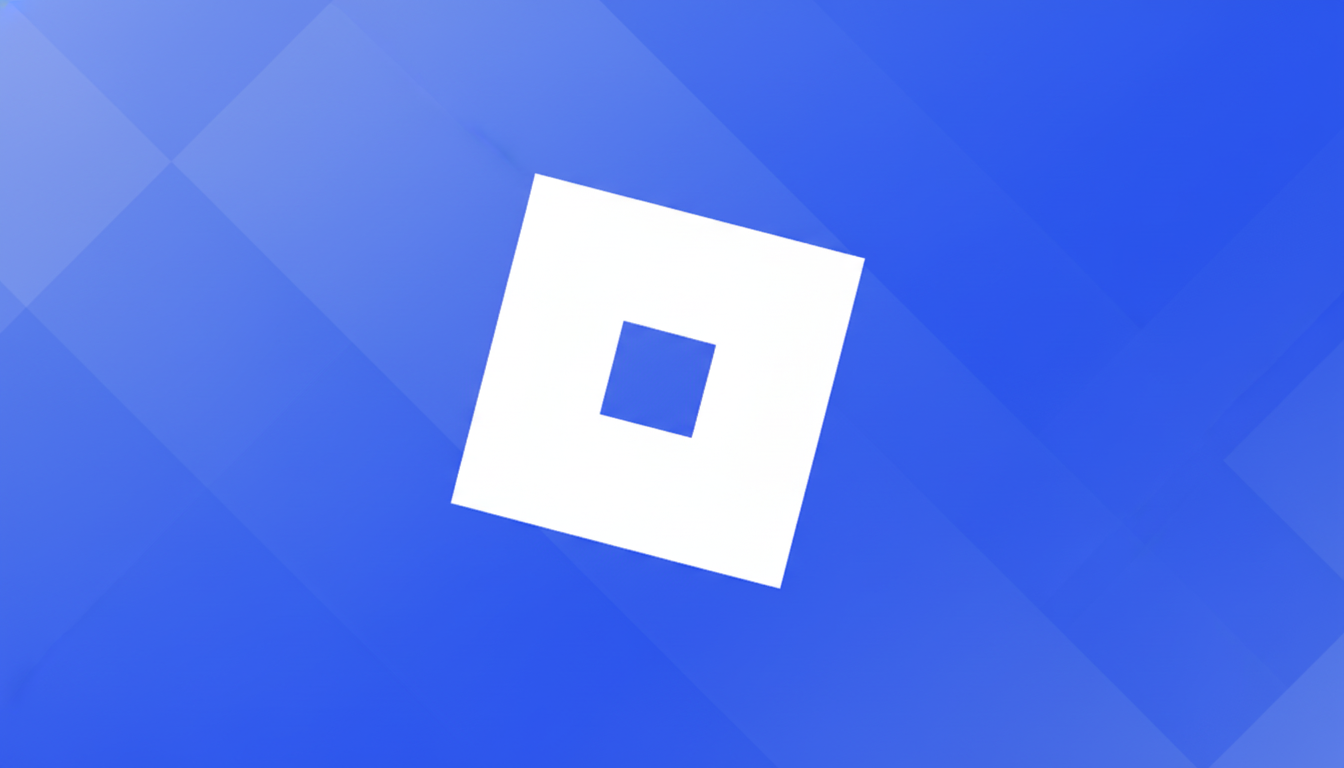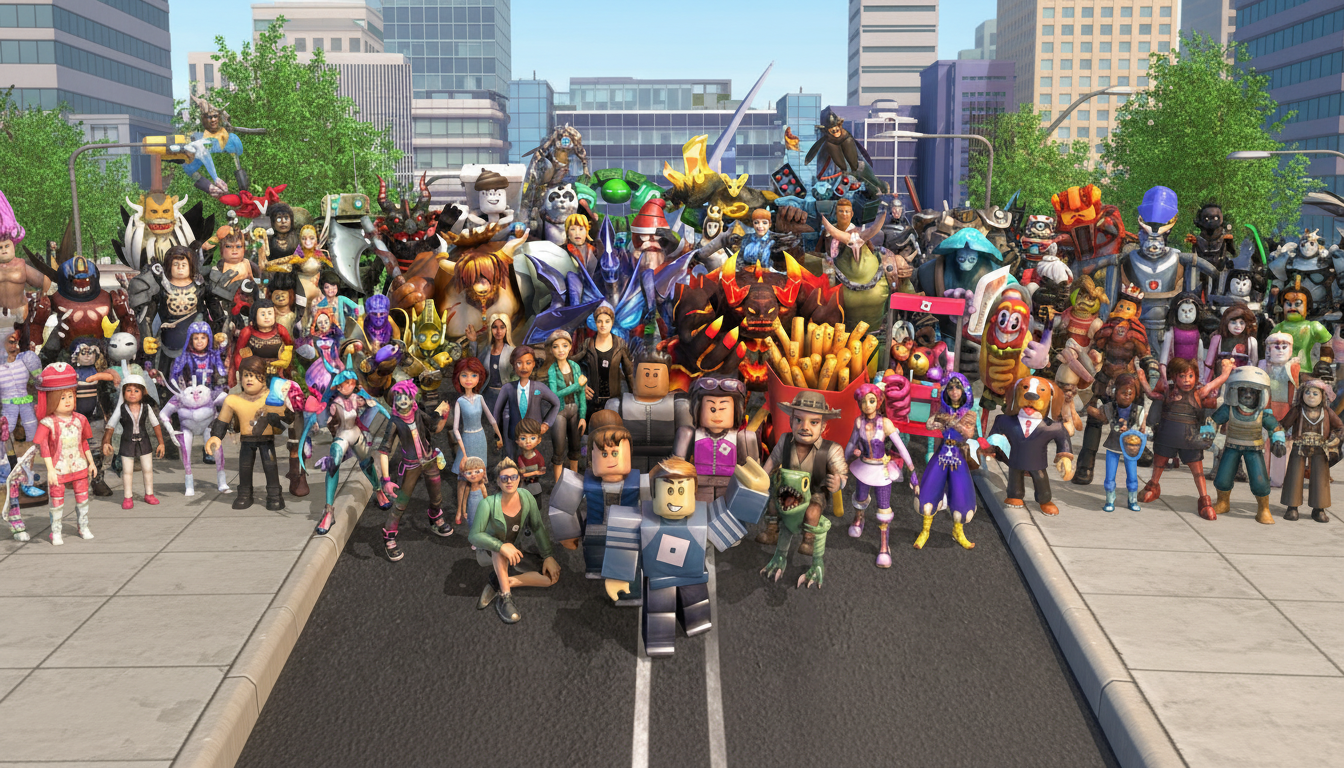Roblox is strengthening its safety defenses with a new feature that lets monitors follow conversations in real time and exchange chat history with users who report inappropriate or harmful content. The company is also adding age-based chat, which restricts who can talk to whom, a broad change that comes as the platform gets increasing scrutiny about how it keeps kids and teenagers safe.
What Changes for Players Under Roblox’s New Chat Rules
Thereafter, communication tools on Roblox — text chat and social features — will now be gated behind a facial age verification checkpoint. Those who opt not to verify will still be able to play games; however, they will not have access to chat until verification is achieved.

When verified, users are sorted into one of six age groups:
- Under 9
- 9 to 12
- 13 to 15
- 16 to 17
- 18 to 20
- 21 and over
Chat will automatically default to buckets of “age-near” interaction. For example, a player between 9 and 12 years of age will end up in the 9–12 band and can chat with players up to, but not including, age 16 (older users are unable to start a chat with that account). At Roblox, executives say the goal is to limit the interaction between strange adults and children who don’t know one another while still keeping intact something of a social fabric that helps make the platform so appealing.
The change builds on Roblox’s existing tiering of experiences and voice features by age, but it is more far-reaching and explicit: no communication features until you pass the check, and stricter limits on cross-age interactions once you do.
How the New Roblox Facial Age Check Works
Verification occurs within the Roblox app. You allow the camera and follow on-screen instructions for taking a facial age estimate. Roblox says that images or short videos taken during the check are deleted after the verification is done. The company employs Persona, a third-party identity and verification provider, to estimate age — and claims that Persona also deletes the media at the end.
Crucially, Roblox is calling this age estimation and not identity verification; you will not be prompted to upload a government ID. Upon processing, the system applies automatic communication rules to the account and assigns it to an age band.
Why Roblox Is Moving to Facial Age-Based Chat
The company has faced mounting pressure from regulators, litigators, and child-safety advocates to do more to separate minors from strangers, and to tamp down their exposure to grooming and explicit content. Recent lawsuits from state attorneys general, including cases out of Texas and Louisiana, have focused on platform risks for younger users. Roblox has prioritized safety investments since its inception, but its executives now say that explicit, platform-wide age verification is required before users can chat.
There’s also a compliance tailwind. Internationally, “age attestation” (identity or age verification) is emerging as a standard expectation for online services with significant youth audiences. Instagram, for instance, expanded age estimation using facial analysis partners; YouTube and other platforms have layered in more stringent age-gating. The EU’s Digital Services Act heightens the stakes when it comes to protecting minors, while in the U.S. existing regulations such as COPPA — and a patchwork of state statutes — remain in flux.

Safety Gains and Privacy Trade-offs in Age Gating
By age-segmenting chat and blocking adult–minor contact by default, the worst aspects of open social environments are mitigated. It also creates clearer expectations for parents regarding who their kids can talk to, and when. The company will be launching a new, expanded Safety Center that’s designed to help inform families about the settings available, how to enable these features, and restrictions on their child’s account.
But there are accuracy and privacy issues with age estimation systems. Recent independent evaluations, including work cited by the U.S. National Institute of Standards and Technology, have found that facial age estimation can be less accurate for younger faces and may reflect demographic disparities in performance. That can result in occasional over- or underestimates. Privacy groups, including the Electronic Frontier Foundation, have also raised more fundamental concerns about making biometric checks part of ordinary internet use.
Roblox’s response is that media captured for the check is deleted immediately after it’s processed, and computes age based on faces to avoid collecting IDs from minors. The company says that the approach is a balance between safety and “data minimization.”
What This Means for Developers and the Community
Millions of user-generated experiences span both chat and gameplay, along with a custom economy. Requiring verification may add friction, at least up front, as players scramble to comply with checks and adjust to the new regulations. Some social gathering places might have fewer unverified accounts talking, and experiences for older teens and adults could benefit more from age gating and segmentation and clearer trust signals.
Stronger guardrails could make sponsorships and safety reviews easier for brands and creators. Roblox has more than 70 million daily active users, according to recent company disclosures, and traditionally a substantial part of the user base has been under 13 — so any action that cuts down on cross-age contact can yield outsized protective effects while retaining community scale.
Rollout Timeline and What Roblox Users Should Do Now
Roblox is rolling out voluntary verification first, then requiring it in a handful of test markets before taking the rule global. If you choose not to do so, you can still play, but you won’t be able to use chat or other communication tools until the age check is done. Families should explore the new Safety Center, check parental controls, and discuss which experiences and communication settings are right for your child and their age band.
Bottom line: Roblox is shifting from a self-declared birthday to a platform-wide, facial age gate for chats. There will be an adjustment period in the short term — and perhaps a permanent shift to how social play works on one of the biggest gaming platforms on Earth.

